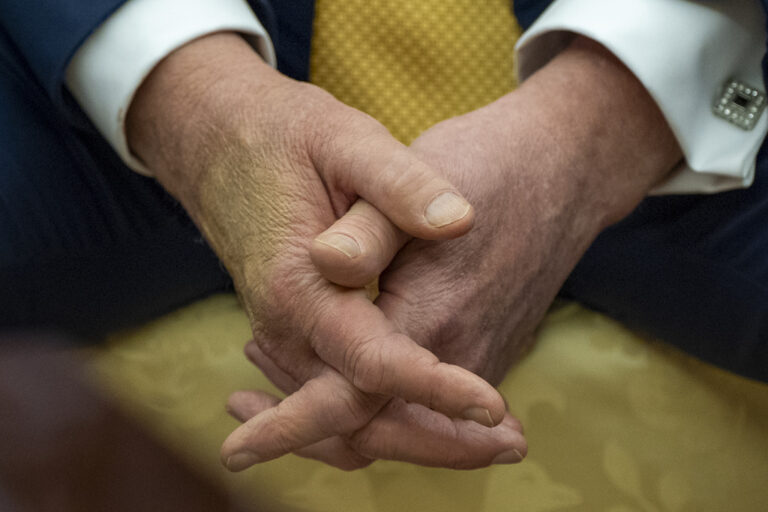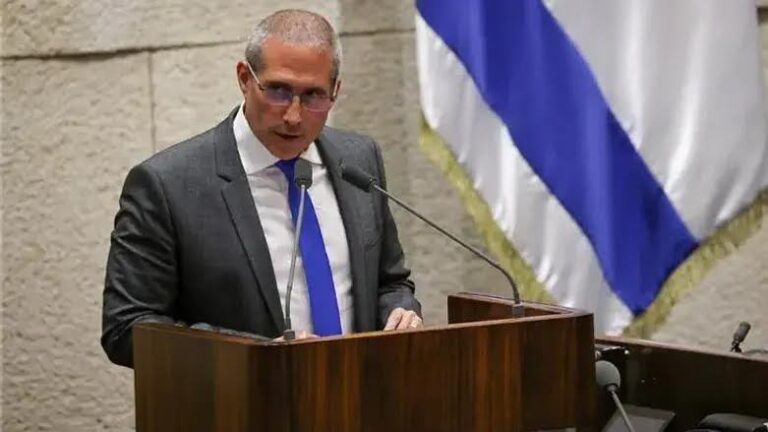
[VIDEO & PHOTOS IN EXTENDED ARTICLE]
New York City Office of Emergency Management (OEM) Commissioner Joseph F. Bruno and Department of Design and Construction (DDC) Commissioner Feniosky Peña-Mora today debuted the nation’s first Urban Post-Disaster Housing Prototype. The prototype — given the city’s high population density, lack of open space, and a mission to resettle as many residents as possible in or near their former neighborhoods — will test a new paradigm for temporary housing that provides more suitable living spaces for New Yorkers/residents in urban environments like New York City displaced by disaster than conventional interim housing solutions used in other parts of the country. The project aims to augment federal capability to deliver multifamily, multistory housing to urban areas in a post-disaster situation.
The Federal Emergency Management Agency (FEMA) does not currently provide urban temporary housing for dense areas; traditional trailers are not well-suited for urban areas. The three-story prototype consists of three factory-built, post-disaster housing units installed at a site adjacent to OEM’s headquarters in Brooklyn. The prototype will be evaluated for suitability as post-disaster housing according to design, delivery, maintenance and occupancy. The structure will be removed and the site restored after approximately one year. The United States Army Corps of Engineers (USACE) is managing the project. The prototype is funded through $850,000 from FEMA and $450,000 in City funds. Commissioners Bruno and Peña-Mora were also joined by Jerome Hatfield, Regional Administrator of FEMA Region II; New York District Commander Colonel Paul E. Owen, U.S. Army Corps of Engineers; Commissioner Victor Calise, NYC Mayor’s Office for People with Disabilities; Peter Madonia, Chief Operating Officer, Rockefeller Foundation; Bill Crawley, New York City Housing Authority Executive Vice President for Development; James Sherry, Deputy Commissioner for Downstate Operations at NYS Division of Homeland Security & Emergency Services; and David DeSanti, general manager of Energy Services for Con Edison.
“Years in the making, the City now has a first-of-its-kind model for emergency housing in urban areas,” said OEM Commissioner Bruno. “The prototype tests the many facets of disaster housing in an urban environment and will ultimately help make our city and our country even more resilient in times of crisis.”
“DDC and OEM are working together to develop a new form of high-density emergency housing that is responsive to the needs of New York City’s urban community, and others around the nation. These prototypes are designed to allow people to stay in their neighborhoods, even when they can’t stay in their homes. I thank Commissioner Bruno, FEMA Administrator Hatfield, and the Army Corps of Engineers for their partnership and support as we implement Mayor de Blasio’s vision to create stronger, more resilient neighborhoods,” said DDC Commissioner Peña-Mora.
“In the second decade of the 21st century, it’s incumbent that we apply new and innovative solutions to age-old problems, especially in dense urban environments,” said Jerome Hatfield, Regional Administrator of FEMA Region II. “These prototypical housing units are an example of how creativity and outside-the-box thinking, coupled with cooperative collaboration between numerous partner agencies, serve to support disaster survivors when they need it most.”
“AMSS is thrilled to be able to leverage its past experiences with building time sensitive, challenging, mission critical facilities. It was an honor not only to build the nation’s first prototype disaster housing, but also to work on such a distinguished and important project that will benefit the people of NYC. New York City represents the best in urban living and this opportunity will hopefully lead to faster recovery times should the need arise. We would like to thank our counterparts at OEM and the US Army Corps of Engineers for their guidance and support as we developed and implemented this prototype project,” said Franklin Cox, Director of Project Execution at American Manufactured Structures and Services.

The prototype is three stories tall with one three-bedroom apartment and two one-bedroom apartments, and a public gallery that showcases the project’s development process. The units will be ready for occupancy this summer, initially with short stays by OEM and City employees. Two academic institutions will conduct evaluations throughout the next year: Polytechnic Institute of New York University (NYU-Poly) will study how well the prototype performs as a living space and Pratt Institute, through its Resiliency Adaptation Mitigation and Planning program, will look at how the buildings could be used in large numbers to restore neighborhoods.
The prototype program began as a competition, “What If New York City…”, in September 2007. The competition aimed to stimulate thinking around post-disaster housing; it challenged entrants to create innovative temporary housing solutions for the thousands of New Yorkers who might be displaced in the event of a catastrophe. OEM received 117 submissions from architects, industrial designers, engineers, inventors, and students from 30 countries. Ten winners and 10 honorable mentions were chosen by a jury of experts. The 10 winners received an additional $10,000 each to further develop their designs. The current prototype was not part of the competition.
Following the competition, OEM and DDC evaluated real-world possibilities of the modular housing industry and created “Design Standards and Performance Specification for Post-Disaster Housing Units,” a set of parameters that the manufactured housing industry can use to create post-disaster housing. It contains stringent requirements for safety, environmental quality, durability and universal design. The prototype is an example of one system currently available on the market that meets this performance specification.
OEM, in conjunction with the Department of City Planning, also looked at how to retain a neighborhood’s character after a disaster through deployment of interim housing. It developed a guide, or “playbook,” for post-disaster site selection with design principles for keeping residents in their communities and allowing them to live and work in their neighborhoods.
In June 2013, American Manufactured Structures and Services (AMSS) and Garrison Architects were awarded a contract to build the prototype, a process that also tested the feasibility of the technical specifications. The units were built by AMSS in Virginia and Mark Line Industries of Pennsylvania, and trucked to Brooklyn in late April 2014. They were installed in less than two days at the site location across from OEM headquarters.


(YWN Desk – NYC)










